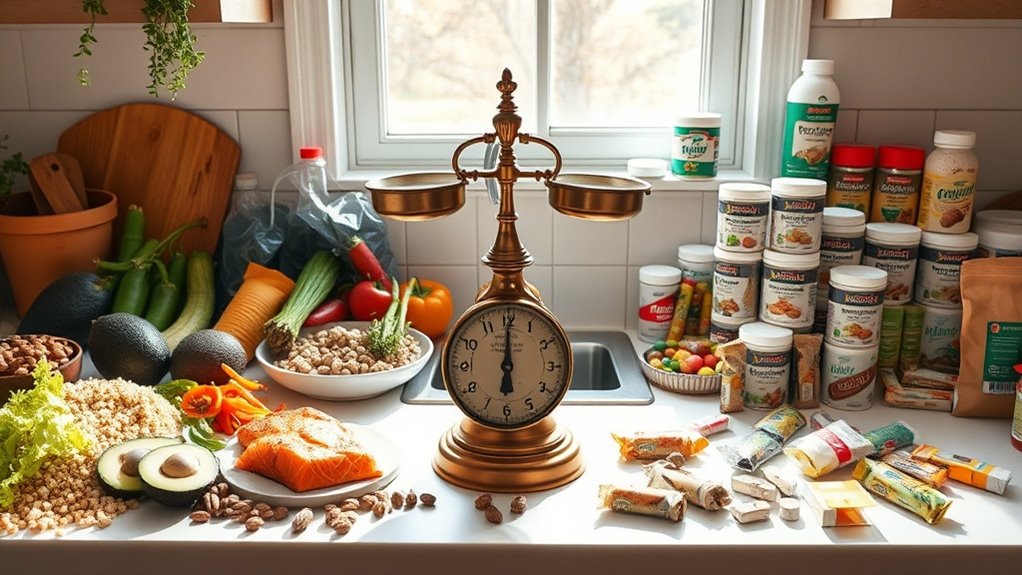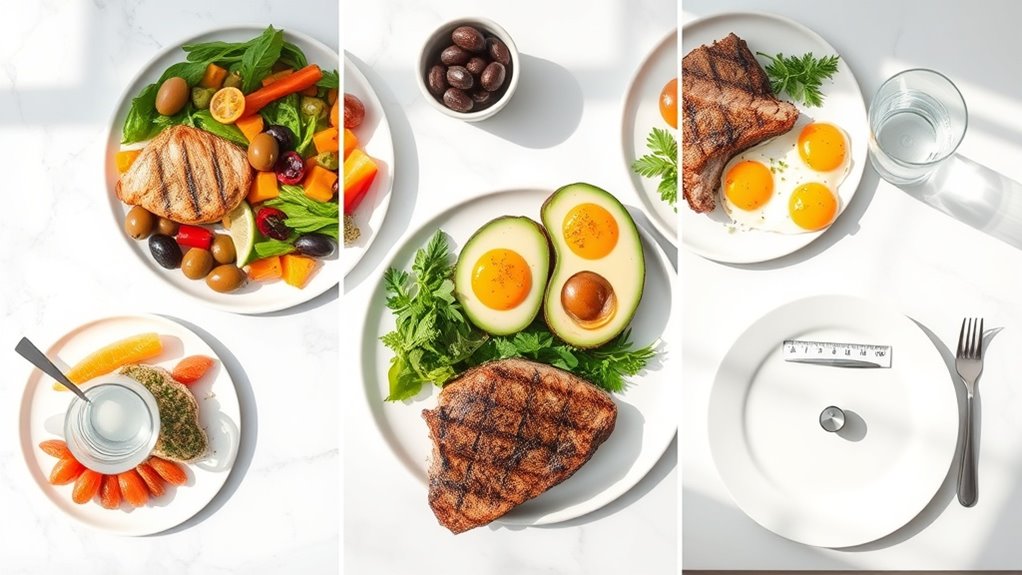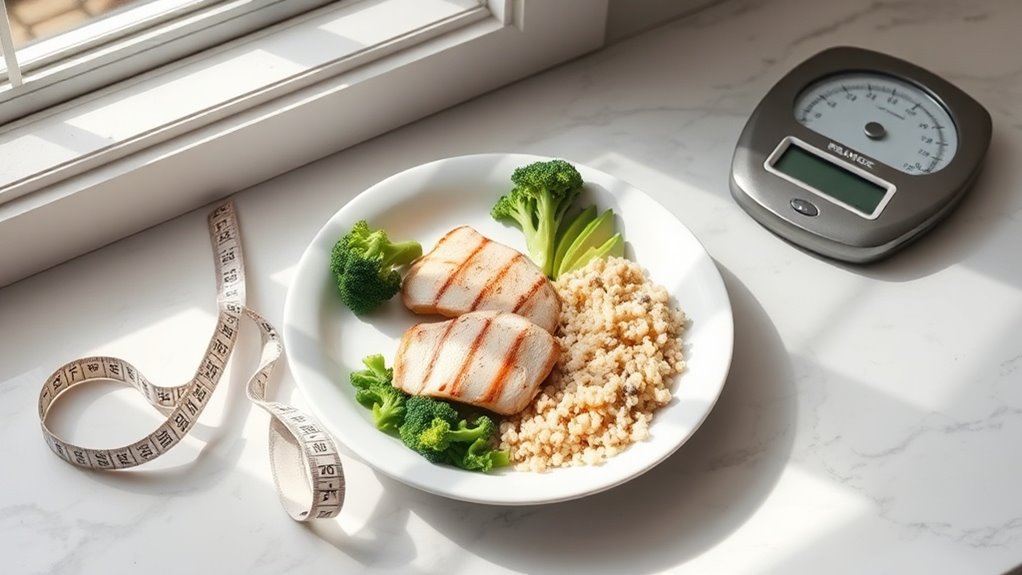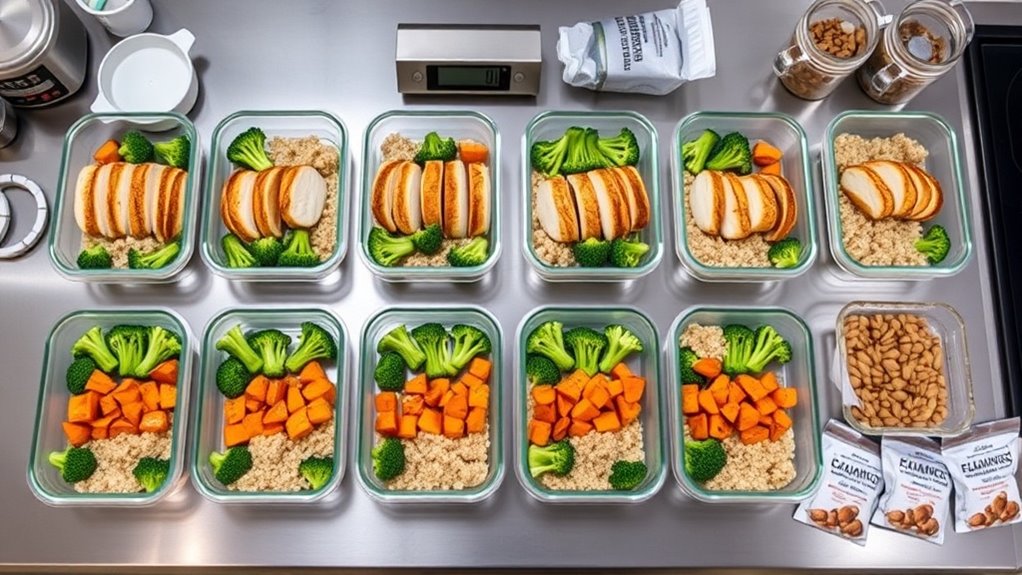How to Build Fat-Burning Meal Plans That Work
Just as a master chef carefully selects ingredients to create a perfect dish, building an effective fat-burning meal plan requires precision and scientific understanding. You’ll need more than just cutting calories or following the latest diet trend to achieve sustainable weight loss. While 95% of diets fail within the first year, you can beat these odds by understanding the metabolic principles that drive fat loss and applying them to create a personalized nutrition strategy that fits your lifestyle.
The Science Behind Fat-Burning Foods and Metabolism
While many people believe certain foods magically burn fat, the science of metabolism is more nuanced.
Your body burns calories through three main processes: basic functions like breathing, physical activity, and food digestion.
When fat-burning meal planning, you’ll want to focus on foods that increase your metabolic rate through their thermic effect and support lean muscle maintenance. Additionally, understanding portion sizes can help prevent excessive calorie intake from snacks that could derail your progress.
Creating Your Personalized Meal Plan Strategy
Before diving into specific meal plans, you’ll need to determine your daily caloric needs and macronutrient ratios based on your body composition, activity level, and weight loss goals. Use this personalization guide to match your needs:
| Activity Level | Daily Protein Needs |
|---|---|
| Sedentary | 0.8g/lb body weight |
| Moderately Active | 1.0g/lb body weight |
| Very Active | 1.2g/lb body weight |
| Athletic Training | 1.5g/lb body weight |
Adjust your carbohydrate and fat ratios based on your activity intensity and fat-loss targets. It is essential to track food intake to gain insights and make sustainable changes to your meal plan.
Timing and Portions: Optimizing Your Fat Loss Results
To optimize your results, focus on these proven strategies:
-
Space your meals 3-4 hours apart to maintain stable blood sugar and prevent overeating.
-
Measure portions using your hand: palm-sized protein, fist-sized veggies, cupped-hand carbs.
-
Consume most of your carbohydrates around workouts when your body’s glucose tolerance is highest.
-
Additionally, staying hydrated throughout the day can temporarily raise your metabolic rate, aiding fat loss.





